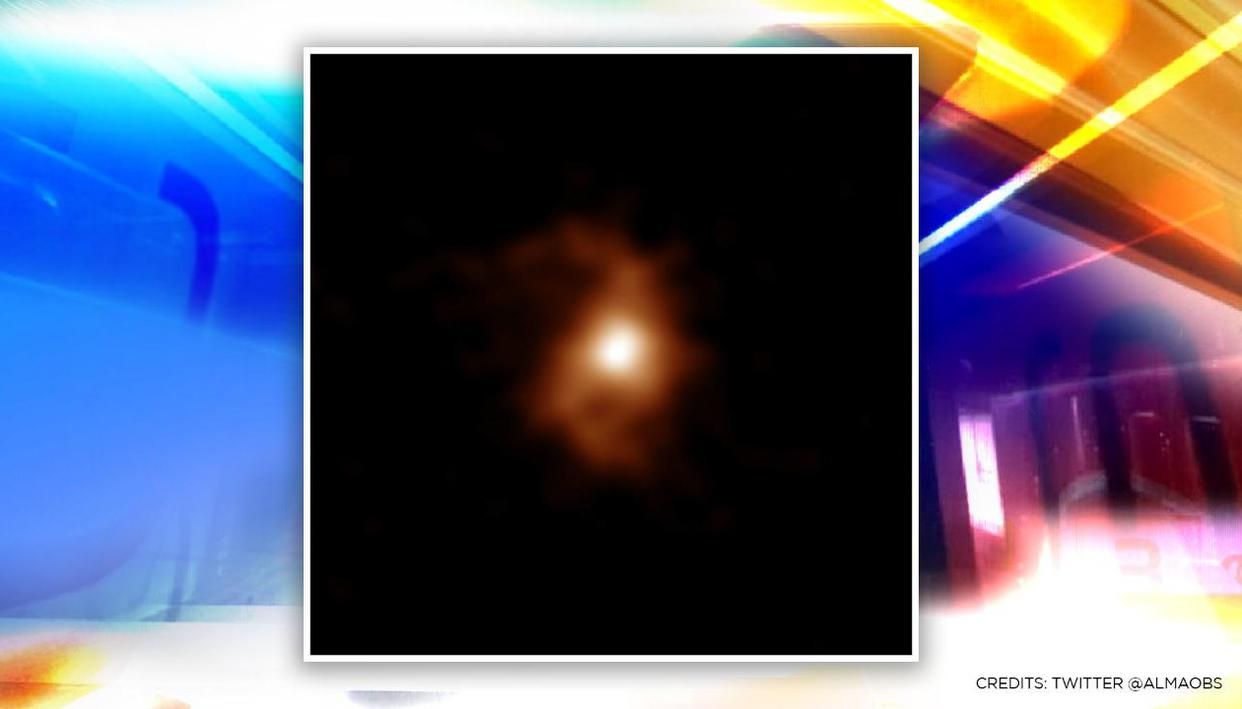Most Ancient Spiral Galaxy Discovered By Scientists, Formed 1.4 Bn Years After Big Bang
Researchers have found and captured a spiral galaxy that was formed at least 12.4 billion years ago and it could be the earliest spiral galaxy ever seen as it was formed 1.4 billion years after the Big Bang. After analysing the data obtained with the Atacama Large Millimeter/submillimeter Array (ALMA), researchers found the most ancient galaxy of its kind that is ever observed. The discovery of a galaxy with a spiral structure at such a preliminary stage is reportedly an important clue to solving the questions regarding the formation of such galaxies.
Takafumi Tsukui, a graduate student at SOKENDAI and the lead author of the research paper published in the journal Science, said, “I was excited because I had never seen such clear evidence of a rotating disk, spiral structure, and centralized mass structure in a distant galaxy in any previous literature.”
“The quality of the ALMA data was so good that I was able to see so much detail that I thought it was a nearby galaxy,” he added.



Spiral galaxies account for 70% of universe
Our galaxy, the Milky Way is also a spiral galaxy and as per ALMA Observatory’s official release, the spiral galaxies are “fundamental objects” of the universe. According to researchers, it accounts for at least 70% of the total number of galaxies. However, studies have also noted that the portion of spiral galaxies is deteriorating rapidly as scientists try to look back through the history of the universe. Tsuki and his supervisor Satoru Iguchi, a professor at SOKENDAI and the National Astronomical Observatory of Japan, observed the most ancient galaxy. The galaxy is called BRI 1335-0417 in the ALMA Science Archive.
Researchers wrote, “The galaxy existed 12.4 billion years ago and contained a large amount of dust which obscures the starlight, making it difficult to study this galaxy in detail with visible light. On the other hand, ALMA can detect radio emissions from carbon ions in the galaxy, enabling astronomers to investigate what is going on in the galaxy.”
Scientists have also found that the spiral structure extended about 15,000 light-years from the centre of the galaxy, which accounts for one-third of the size of the Milky Way. The estimated total mass of stars and interstellar matter in the ancient galaxy discovered recently is “roughly identical” to that of the Milky Way. Tsuki said, “As BRI 1335-0417 is a very distant object, we might not be able to see the true edge of the galaxy in this observation…For a galaxy that existed in the early Universe, BRI 1335-0417 was giant.”
IMAGE: @almaobs/Twitter











